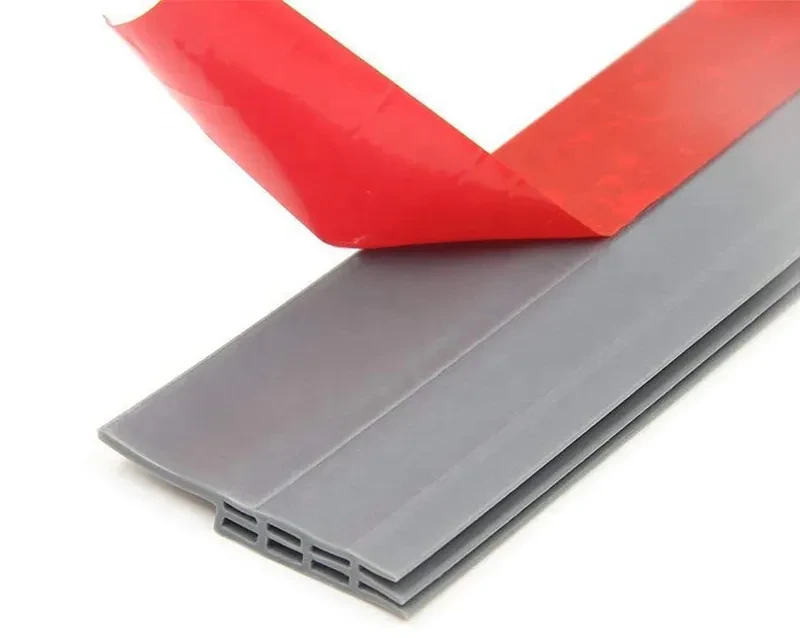Effective Solutions for Weather Stripping in Large Spaces to Enhance Energy Efficiency
Understanding Large Weather Stripping A Comprehensive Guide
Weather stripping is an essential component in maintaining the energy efficiency and comfort of a home. It serves as a barrier against the elements, effectively sealing gaps around doors and windows, thus preventing drafts, moisture, and sound intrusion. While there are various materials and types of weather stripping available on the market, this article focuses specifically on large weather stripping, its types, benefits, and installation tips.
What is Large Weather Stripping?
Large weather stripping refers to thicker and wider strips designed to cover larger gaps around doors and windows. It is particularly useful for exterior entry points or older homes that may have settled or warped over time, leading to increased air leakage. Large weather stripping can be made from various materials, including foam, rubber, vinyl, and metal, each offering distinct advantages based on the specific needs of the homeowner.
Types of Large Weather Stripping
1. Foam Weather Stripping This type is made from polyurethane or polyethylene foam and is available in adhesive-backed strips. Foam weather stripping is flexible and easy to install, making it a popular choice for homeowners. It provides a good seal against drafts and is best suited for irregular surfaces.
2. Rubber Weather Stripping Rubber strips offer excellent durability and resilience. They maintain their shape and effectiveness over time, making them ideal for high-traffic doors. Unlike foam, rubber does not compress as easily, resulting in a more consistent seal that lasts longer.
3. Vinyl Weather Stripping Often used for sliding doors and windows, vinyl weather stripping is resistant to moisture, making it suitable for areas exposed to water or humidity. Its flexibility also allows it to adapt to the shape of the surfaces it seals.
4. Metal Weather Stripping For a robust solution, metal weather stripping options like aluminum are durable and can withstand harsh weather conditions. They often come in the form of sweeps or flaps attached to the bottom of doors, providing a solid barrier against drafts and insects.
Benefits of Large Weather Stripping
Investing in large weather stripping offers several advantages
- Energy Efficiency By sealing gaps, large weather stripping helps reduce heating and cooling costs. It prevents conditioned air from escaping and unconditioned air from entering, leading to a more stable indoor temperature.
large weather stripping

- Comfort Drafts can cause discomfort, particularly in winter and summer. Large weather stripping enhances overall comfort by eliminating cold spots and thermal fluctuations caused by air leaks.
- Noise Reduction For homes located in noisy areas, large weather stripping can decrease sound intrusion, creating a quieter living environment
.- Moisture Control Effective sealing helps prevent moisture ingress, which can lead to mold growth and structural damage. Large weather stripping contributes to a healthier home.
Installation Tips
Installing large weather stripping is a straightforward process that can often be accomplished without professional help. Here are some steps to guide you
1. Measure the Gaps Use a measuring tape to determine the size of the gaps around your doors and windows.
2. Choose the Right Type Select a weather stripping material that suits your specific needs and complements the surfaces being sealed.
3. Prepare the Surface Clean the area where the weather stripping will be applied to ensure a good bond.
4. Cut and Apply Cut the weather stripping to the appropriate length and apply it according to the manufacturer's instructions.
5. Test the Seal After installation, check the effectiveness of the seal by feeling for drafts and adjusting as necessary.
In conclusion, large weather stripping is a valuable home improvement tool that enhances energy efficiency, comfort, and protection against the elements. Whether you're upgrading an existing setup or addressing new gaps, taking the time to invest in high-quality weather stripping will pay dividends in the long run.
-
Under Door Draught Stopper: Essential ProtectionNewsJul.31,2025
-
Garage Door Seal and Weatherstrips for ProtectionNewsJul.31,2025
-
Edge Banding Tape for Perfect EdgesNewsJul.31,2025
-
Table Corner Guards and Wall Corner ProtectorsNewsJul.31,2025
-
Stair Nose Edging Trim and Tile Stair SolutionsNewsJul.31,2025
-
Truck Bed Rubber Mats for Pickup BedsNewsJul.31,2025
-
Window Weather Stripping for Noise ReductionNewsJul.29,2025